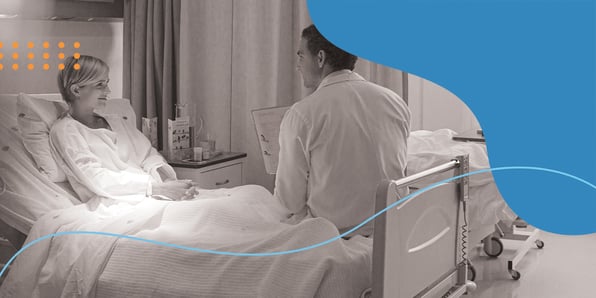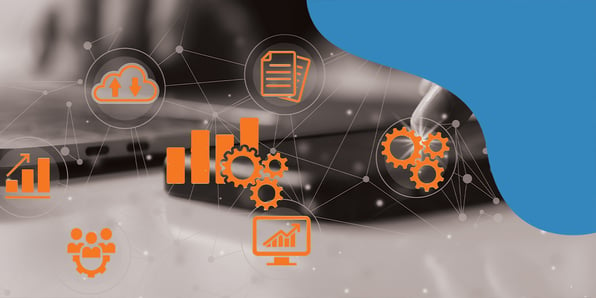The ChartPath Blog
The latest updates, ideas and success stories from the ChartPath team
Search Results
Post-Acute Care EHR
Post-acute care refers to the medical and rehabilitation services patients receive after a hospital...
What is Transitional Care Management?
Seniors and other patients who need to go from the inpatient to a community setting after...
ChartPath Announces New Automation...
AUSTIN, Texas, March 9, 2023 /PRNewswire/ --ChartPath, a leading EHR solution for long-term and...
Top 5 EHR Implementation Challenges (And...
Implementing an Electronic Health Record (EHR) system can present several challenges. Here are...
HCC Coding Basics: Run a Better Practice
HCC coding is like the secret code for clinicians to get paid fairly for treating their patients....
What Risk-Based Payment Models Mean for You
As the American healthcare system shifts from quantity-based pricing models to those that...
Referral Patterns in Healthcare: The Key...
With so much competition in the long-term and post-acute care (LTPAC) market, maintaining growth...
Stop medical claim denials before they...
Practices focusing on long-term and post-acute care (LTPAC) constantly battle with claim...
What is MIPS, and why is it important?
MIPS can seem like an overwhelming program. The commitment is a yearlong event, the charting...









